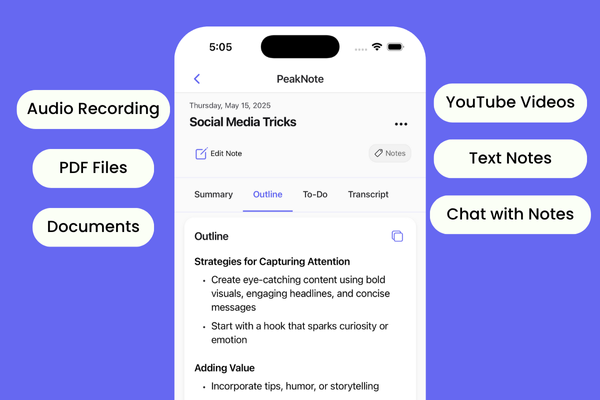CSS is one of the most important languages for web development. It allows you to style your HTML elements and create beautiful and responsive websites.
However, CSS can also be a complex language, and it can be easy to write bad CSS code.
In this blog post, I will share 7 CSS best practices that will help you write better code. These best practices will help you write more maintainable, reusable, and efficient CSS code.
1. Use of CSS Variables
:root {
--main-color: #06c;
--accent-color: #006;
}
.element {
background: var(--main-color);
color: var(--accent-color);
}
CSS variables, or custom properties, are a powerful feature in CSS that offer a lot of flexibility and ease of use.
They allow you to define a value once and reuse it throughout your stylesheet, which can make it easier to maintain and modify your styles in the future.
With CSS variables, you can create more dynamic and responsive designs that adapt to different screen sizes and device types.
Additionally, you can use CSS variables to define complex styles and effects, such as gradients, shadows, and animations, that can be applied to multiple elements on your page.
2. Use of calc() for Dynamic Calculations
.element {
width: calc(100% - 20px); /* Take 100% width and subtract 20px. */
}
This can be incredibly useful for making responsive designs.
With the prevalence of mobile devices, it's important to ensure that websites and applications are designed to display and function properly on any screen size.
By utilizing responsive design techniques, developers can create a seamless user experience that adapts to the user's device, making it easier to consume content on the go and improving overall engagement.
3. Use of :not() Selector
.element:not(.special) {
background: #f00;
}
This is an excellent method to apply a particular style to all elements in a document, excluding one.
This technique comes in handy when you need to format a considerable number of elements in your document and want to leave specific elements untouched.
By using this method, you can save time and effort compared to manually formatting each element.
Additionally, this approach ensures consistency in your document's appearance, making it look more professional and polished.
4. Using currentColor Keyword
.element {
color: #06c;
border-color: currentColor; /* The border color will be the same as the text color. */
}
The currentColor property in CSS refers to the present color value of an element. This can be incredibly useful in a variety of situations.
For example, it can help to reduce redundancy in your code by allowing you to reuse the same color value across multiple elements.
Additionally, it can make your code more flexible and adaptable, as you can easily change the color of an element by simply modifying its parent element's color value.
5. Controlling Aspect Ratios for Responsive Design
.element {
aspect-ratio: 16 / 9;
}
The aspect-ratio property is an incredibly useful tool for maintaining the aspect ratios of elements in responsive designs.
It works by setting the ratio of the width of an element to its height, ensuring that it scales proportionally with any changes made to its dimensions. This property is a relatively new addition to CSS, so it might not be supported by older browsers.
However, it is becoming increasingly popular among web developers due to its ability to simplify the process of creating responsive designs that look great on any device or screen size.
By utilizing aspect-ratio, designers can ensure that their layouts remain visually appealing and easy to navigate, regardless of the user's viewing environment.
6. all: unset to Remove All Styles:
.element {
all: unset;
}
The CSS property "all: unset" is a powerful tool that allows you to completely remove all styles from an element.
This can be particularly useful if you want to start with a clean slate and then apply new styles to the element.
By using this property, you can ensure that the element is not inheriting any styles from its parent or any other sources.
This can help to prevent unexpected styling issues and make it easier to create a consistent design across your website or application.

